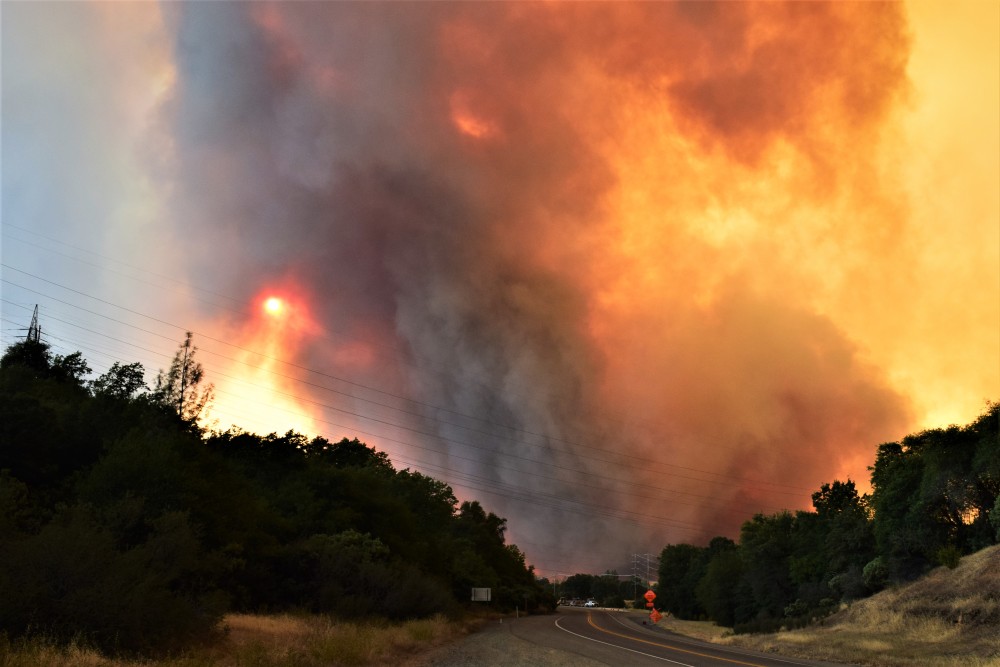Signs in the fiery California sky
Climate science is apocalyptic: it reveals fundamental truths.

This was the worst year on record for California forest fires, with two of the largest raging out of control for weeks in mid-November. Those fires killed at least 88 people, forced the evacuation of tens of thousands, cost billions of dollars in firefighting expenses, and spread smoke so toxic that residents in cities a hundred miles away were encouraged to don masks or stay inside.
As apocalyptic as these events were, they represent the “new normal” in California. The ferocity and extent of the fires have been increasing for decades, and with the climate getting hotter and drier, the trend is almost certain to continue. The advent of a perpetual fire season in California matches the predictions of climate scientists. As global temperatures rise, so too do risks for extreme weather events, including the prolonged periods of heat and drought that make the California vegetation combustible.
On the Friday after Thanksgiving the U.S. government quietly released a report by 300 federal scientists that underscored the climate-related threats to Americans’ health, security, and economic life. The report predicts the warming of the planet will bring more massive fires in the Southwest, crop failures in the Midwest, and widespread breakdown of roads, bridges, and pipelines from severe flooding and storms. For the scientists, the rapid pace of climate change is stunning. “We are seeing the things we said would be happening [in the future], happen now in real life,” said Katharine Hayhoe of Texas Tech University, one of the authors of the report.




